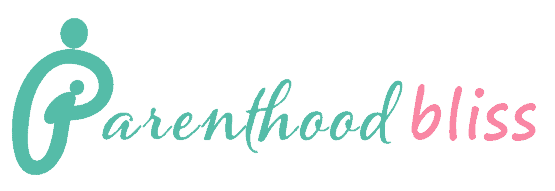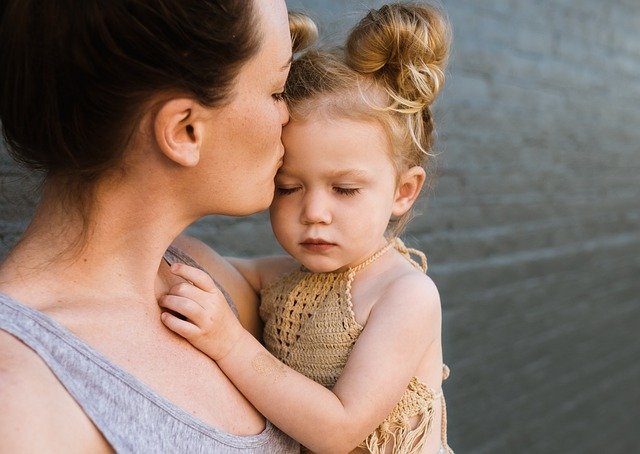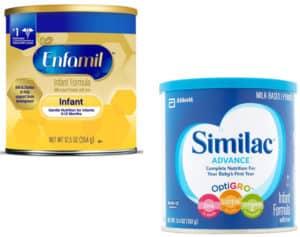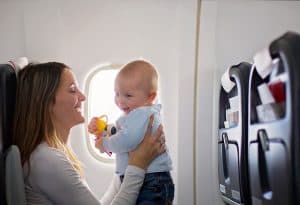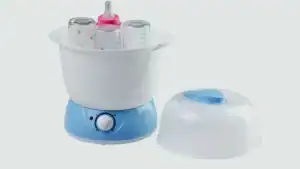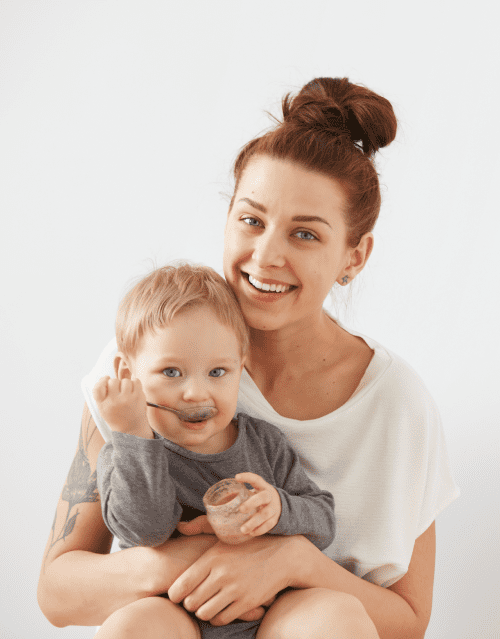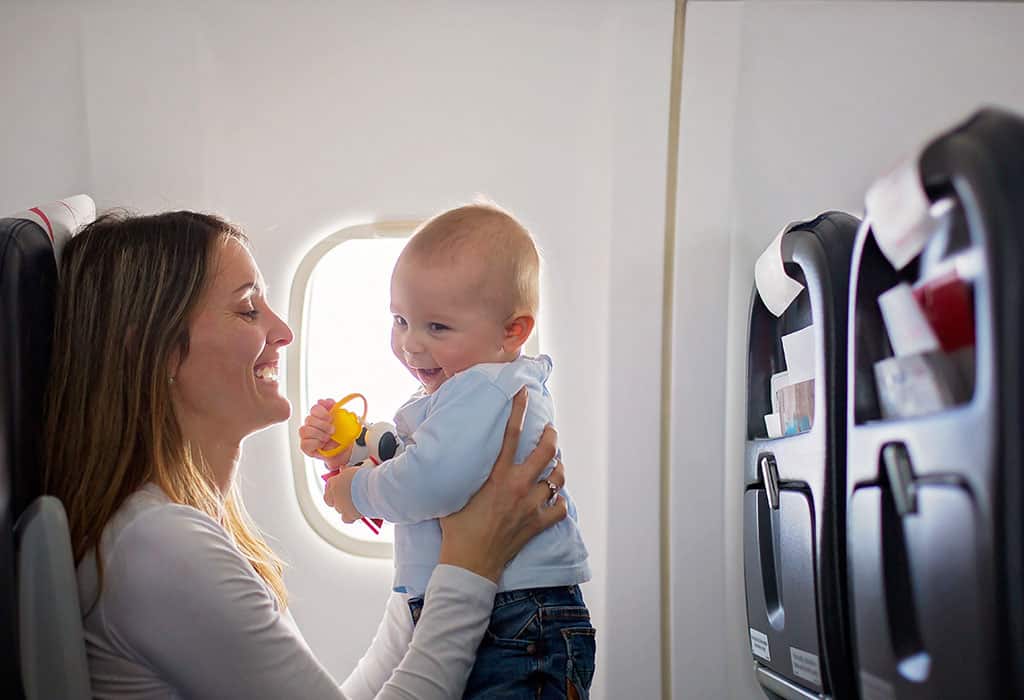
Table of Contents
Having to travel with an infant can surely be daunting, yet, when properly prepared, it can be an achievable journey and even a pleasant one. No matter what means you travel to get to your destination (flying, road trip, riding a train), baby travel essentials knowledge, targeted planning and smart packing could all save your day. This will include all that you should know, including the time of travel as well as suggestions on how you can keep your baby quiet during the journey
When & Whether to Travel With a Baby
Before planning a trip, it’s important to consider your baby’s age and health:
- Wait Until After Initial Immunizations: Paediatricians such as the American Academy of Paediatrics (AAP) advise that you should wait to get your baby at least 6-8 weeks old by the time their immune system is more developed.
- Consult Your Paediatrician: Especially for long-haul travel or if your baby has specific health concerns.
- Avoid Crowded Public Travel During Illness Seasons: Like flu season or during outbreaks, especially when traveling with an infant.
Baby Travel Essentials: What to Pack
Keeping a well-organized and complete travel bag can help avoid stress. Use this baby travel checklist to ensure nothing is forgotten:
1. Feeding:
- Formula or breast milk (TSA allows >3oz in carry-ons with proper screening)
- Bottles and nipples
- Bibs and burp cloths
- Snacks (for older infants)
- Portable bottle warmer or thermos
2. Hygiene:
- Diapers and wipes (extra for delays)
- Changing pad
- Disposable diaper bags
- Hand sanitizer and disinfectant wipes
3. Health:
- Baby’s medications
- Nasal aspirator
- Thermometer
- First-aid kit
- Paediatrician contact info
4. Sleep & Comfort:
- Favorite blanket or sleep sack
- Pacifier (plus extras)
- White noise machine or app
- Blackout cover for stroller or travel bassinet
5. Entertainment:
- Small toys (rotate every 15–30 minutes)
- Books or music
- Teethers
6. Documentation:
- Baby’s passport or ID (for flights)
- Insurance cards
Travel consent letter (if only one parent is traveling)
Tips for Flying With a Baby
Flying with an infant doesn’t have to be daunting if you plan smartly.
1. Book Strategically
- Choose a bulkhead seat for more legroom and access to bassinets (request ahead of time).
- Avoid seats near bathrooms, as they can be noisy and busy.
- Many parents prefer seats at the back of the plane for quicker bathroom access.
2. Use Pre-Boarding Wisely
Airlines often allow early boarding for families. Use this time to settle in without pressure.
3. Relieve Ear Pressure
- Nurse, bottle-feed, or offer a pacifier during takeoff and landing.
- Chewing or sucking helps relieve pressure in baby’s ears.
4. Know TSA Rules
- Formula, breast milk, and baby food are allowed in reasonable quantities.
- Declare them at security and ask for manual screening to avoid delays.
5. Gate-Check Baby Gear
- Most airlines allow free gate-checking for strollers and car seats.
- Label gear clearly and consider using travel bags for protection.
6. Keep Baby Calm and Engaged
- Introduce a new toy every 15–30 minutes.
- Walk the aisle or bounce with a carrier when fussy.
Bring soothing items like a blanket, a pacifier, or a lullaby app
Traveling By Car With a Baby
1. Ensure Car Seat Safety
- Use a rear-facing car seat properly installed per the manufacturer’s guidelines.
- Never remove your baby from the car seat while driving.
2. Plan for Frequent Breaks
- Stop every 2 to 3 hours to feed, change diapers, and let your baby stretch.
- Use rest stops or green spaces to give the baby a sensory break.
3. Backseat Companion
If possible, have an adult sit in the back to comfort and entertain your baby.
4. Pack Smart for the Drive
- Keep essentials within arm’s reach: diapers, wipes, bottles, toys.
Use window shades to keep the car cool and dark during naps.
Taking a Train or Public Transport With a Baby
1. Choose Seats Wisely
- Aisle seats offer easier exit, while window seats provide privacy.
- If traveling with a partner, divide roles: one handles logistics, the other soothes the baby.
2. Bring Compact Gear
- A lightweight baby carrier or umbrella stroller is ideal.
- Trains may not have space for bulky strollers or car seats.
3. Leverage Motion for Naps
The gentle rocking of trains can help lull babies to sleep—capitalize on this time for rest.
Infant Travel Hacks Every Parent Should Know
- Use packing cubes to organize baby gear by category.
- Download white noise or lullaby apps on your phone.
- Bring a portable blackout tent for hotels to help maintain your baby’s sleep routine.
- Rent gear at destination via baby gear rental services to reduce luggage stress.
- Use a baby carrier for hands-free airport navigation or soothing walks.
Recommended Baby Travel Gears
- Portable white noise machine
- Clip-on stroller fan
- Sleep pods or travel bassinets
- Travel high chair or booster seat.
- Baby monitor (for hotel stays)
- Compact bottle sterilizer
- Baby gear rental apps like BabyQuip or goBaby
Final Thoughts
A trip with a baby does not always go on smoothly; however, with a certain attitude and an ability to pack and plan smartly, it is an enjoyable adventure.
With a strategic approach like taking into account the needs of your baby every step of the way, a seat choice, repeating the process of choosing the right seat, and the nap timetable, one will succeed in designing a relaxing, secure, and memorable ride, regardless of the method used to travel.
Tips For Travelling or Flying With a Baby FAQs:
Depends on the paediatrician, many paediatricians will say to wait until the baby has gotten initial shots (about a 6-8 week period), but of course, you can always consult your medical professional.
Snack at takeoff/landing, pack preferred toys/pacifiers and do calming movements such as bouncing and aisle walking.
Yes. TSA permits bigger quantities of breast milk and formula. Notify the agent, and additional screening is to be expected.
Essentials include feeding items, diapers/wipes, medication, comfort objects, documentation, and lightweight entertainment options.
Practice to make feeding stops each 2-3 hours, change nappies, and give the baby space to move around.
